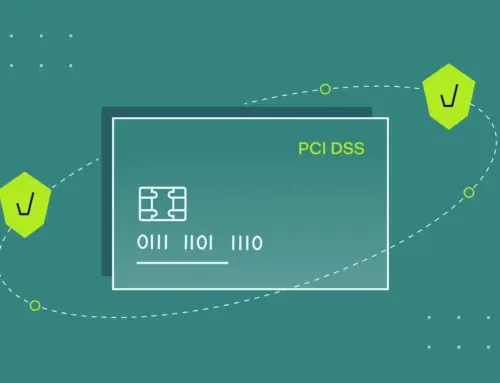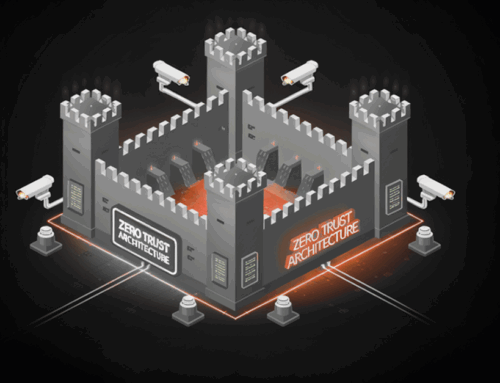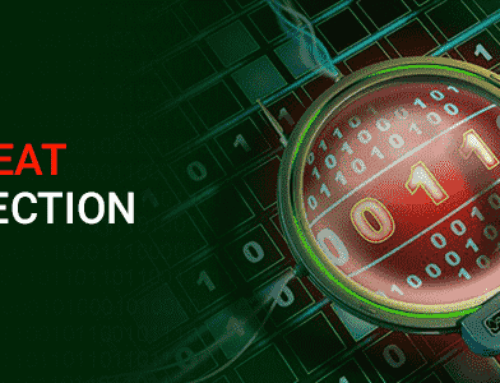What is Managed Detection and Response (MDR)?
What is Managed Detection and Response (MDR)?
Managed detection and response (MDR) is a service that helps organizations better understand the cybersecurity risks they face and improve how they identify and react to threats.
The ways companies detect and respond to threats differ, as do the tools used. But there are some key elements that all MDR programs have in common.
What Are the Features of Managed Detection and Response (MDR)?
Focused on Threat Detection Rather Than Compliance
The aim of MDR is to handle threats, as opposed to making sure a company is following the most recent compliance regulations. However, a company can be brought into compliance after using an MDR because of the enhanced security measures.
Services Are Delivered Using the Provider’s Own Set of Tools and Technologies
Even though the tools used are set up on the client’s premises, they are provided and managed by the service provider. This alleviates the need for an organization to source its own threat detection and response resources.
Relies Heavily on Security Event Management and Advanced Analytics
MDR focuses on security events and analyzing data gathered during an event. The data is then used to make the organization safer going forward.
MDR Usually Involves Humans
Even though MDR tools use automation, human involvement is necessary for some of the most crucial facets. These include around-the-clock monitoring, analyzing security events, and communicating with the client.
MDR Service Providers Also Perform Incident Validation and Remote Response
MDR service includes specific steps needed to address security concerns, such as ascertaining which alerts require the most attention, sandboxing, malware, and troubleshooting security vulnerabilities.
Top 5 Most Common Challenges That MDR Solves
With MDR, security teams can improve their cyber resilience and quickly mitigate damage. Here are a few of the problems that MDR services can solve.
1. Alerts That Lack Clear and Material Aim
Accurately identifying threats and prioritizing them based on severity is vital to maintaining an organization’s cybersecurity environment. MDR technology helps by detecting critical threats and reducing the number of alerts that require no remediation.
2. Resource Limitations
Automated advanced threat detection with endpoint protection creates a managed security service. It does the work of several IT professionals, freeing up resources across the board.
3. Threat Indentification
Security alerts are common, but how you handle threat detection and response at the highest priority level is what really matters. MDR security uses threat intelligence, which relies on machine learning, to proactively hunt threats. With its constant scanning, MDR technology remains up-to-date so it can identify the latest threats.
4. Slow Responses
Delayed security threat notifications can result in significant damage. The quicker you identify and respond to threats, the less impact your organization experiences. MDR helps minimize the effects of security events by immediately notifying you of threats.
5. Difficulty Staffing a Full Team of Security Experts
Maintaining a cybersecurity environment requires proper talent who is constantly available – unless you use MDR. This service removes the need for extra staffing and can take the guesswork out of your cybersecurity approach.
Benefits of (Managed Detection and Response) MDR
According to Gartner, 50% of businesses will be using MDR by 2025. Some common use cases include:
- Stop malware: Malware often tries to hide its communications with command-and-control (C&C) servers, which are used to exfiltrate data and download more malware to a targeted machine. By integrating MDR, you can intercept these communications and prevent them from happening in the future. An MDR can also incorporate an endpoint protection platform (EPP) to shield specific endpoints from malware.
- Stop lateral movement: A threat’s lateral movement is the primary way attackers compromise series of machines in a network. MDR can detect lateral movement, allowing the organization to stop a threat from spreading.
- Stop security policy violations: An organization can use MDR services to prevent users from accidentally—or intentionally—violating internal security policies. If a violation does occur, the MDR service provider can investigate what happened and why, reporting their findings back to the organization.
24/7 Monitoring and Improved Communications Mechanisms with Experienced SOC Analysts
With MDR, your system is monitored around the clock by seasoned security operations center (SOC) professionals. This enhances your security and provides you with up-to-date communication regarding issues.
Proactive Threat Hunting
With an MDR managed security service, you can assume a proactive stance when it comes to going after threats, as opposed to simply reacting after your organization has been impacted by a threat.
Improved Threat Response
An MDR can enhance your threat response capabilities, regardless of the resources on your network. If needed, an MDR can be used in conjunction with an endpoint detection and response (EDR) system, which addresses threats by installing sensors on specific endpoints.





